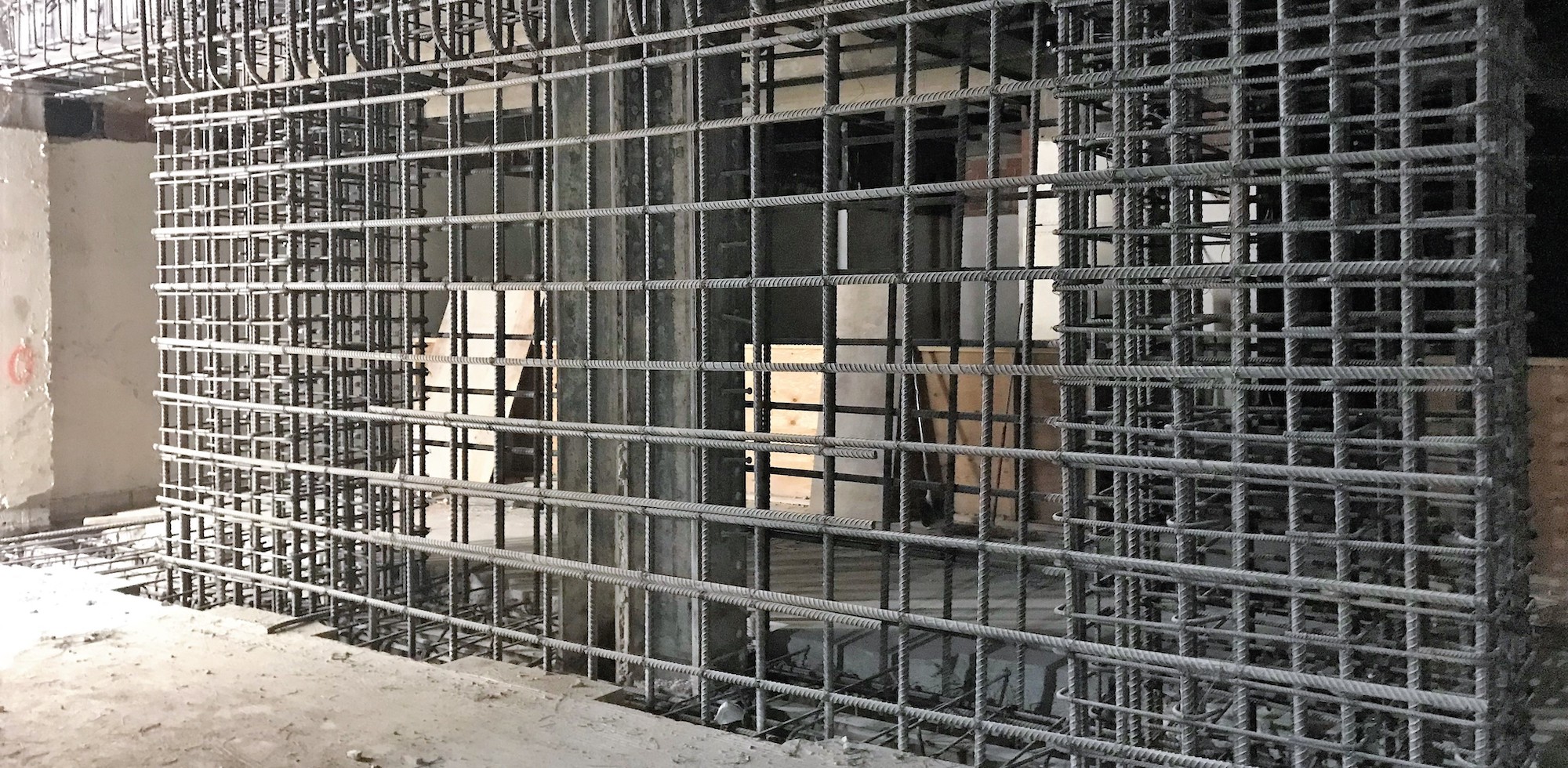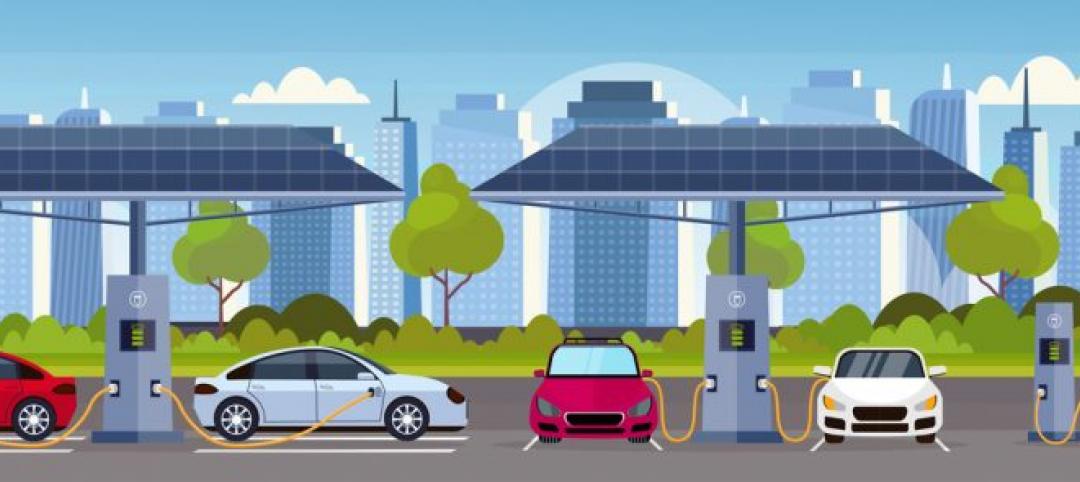Seismic compliance with the applicable California building codes is onerous and disruptive for building owners, especially for a building in the heavily regulated sector of healthcare. Owners of older buildings that house acute care services have a big deadline on the horizon—Jan. 1, 2030, the cutoff date to upgrade their buildings to SPC-4D.
That date might feel distant, but the best time to begin the required SPC-4D retrofit process was yesterday. The second-best time is right now.
What is SPC-4D?
SPC-4D is a structural performance category that will allow healthcare organizations to use such buildings to offer acute care services beyond Jan. 1, 2030. Buildings currently classified as SPC-3, SPC-4, or SPC-5 can also be used to offer acute care services beyond that date.
Upgrading older SPC-1 and SPC-2 buildings to SPC-5 is often prohibitively expensive (in Los Angeles County alone, the 2030 deadline has already spurred billions of dollars in planned overhauls at many hospitals). Many older buildings are usually a part of the overall hospital campus; having to demolish and replace them with new buildings due to non-compliance would result in a serious interruption in the organization’s ability to offer acute care services. SPC-4D offers healthcare organizations and building owners a lifeline to a significantly less-expensive upgrade to keep the building in service past Jan. 1, 2030.
The California Department of Health Care Access & Information (HCAI) is currently accepting project submissions for SPC-4D upgrades. An SPC-4D upgrade is voluntary and is applicable only to buildings that are currently rated as either SPC-1 or SPC-2.
Here are seven reasons why California hospital building owners should act now to meet seismic compliance:
- Current SPC-4D provisions are the cheapest and easiest to implement. The only alternatives to an SPC-4D upgrade are either to upgrade to SPC-5 or construct a new building. Both options are usually far more expensive, time-consuming, and disruptive to hospital operations. For the foreseeable future, an SPC-4D upgrade is the most cost effective and least-disruptive option to keep the hospital operational considering the current seismic readiness standards.
- Geologists say Southern California is long overdue for a big earthquake. According to Business Insider, Southern California hasn’t had a big earthquake since 1857, putting the region about 80 years past its due date. The U.S. Geological Survey predicts a 60% likelihood of a major (6.7 or higher) earthquake in the Los Angeles area within the next 30 years, and a 72% chance for the Bay Area. This is the point of all this seismic preparedness.
- Design cost is a small fraction of the construction cost. Budgeting for a big retrofit may feel painful, and owners may be reluctant to consider it because they can’t afford such a big bite in the short term. But bear in mind that getting the ball rolling for SPC-4D upgrade designs doesn’t mean assuming the entire financial burden of the upgrade now. The design phase is extremely affordable, just 5% to 9% of the cost of the upgrade construction—and that’s no small benefit considering point No. 5.
- Construction for approved projects can be phased. Once SPC-4D upgrade plans have been approved by the HCAI, hospital owners can proceed with construction in a phased manner to keep the hospital operational. There are no other intermediate deadlines or milestones except for completion of upgrade construction by Jan. 1, 2030. Given the relatively low cost of the design/approval phase, there’s no reason to procrastinate. In fact, waiting could be risky, as we will see in the next three points.
- Future code changes cannot be applied retroactively to approved projects. While complying with SPC-4D isn’t going to get easier, it could get harder. Nothing is stopping the state from adding new codes and regulations between now and 2030. Fortunately, future code changes cannot be applied retroactively to plans that have already been approved. Keeping a building compliant is as easy as it is ever going to be, and by acting now, building owners can immunize themselves against future code changes that might make the process more expensive and onerous.
- Construction costs and earthquake insurance premiums will escalate. If a building owner can shoulder the construction cost in the near term, several possibilities for savings open up. For example, by acting fast you are less likely to face contractors who exercise their construction escalation clauses, charging more due to the changing price of materials and labor. Doing the upgrade sooner rather than later also means you may qualify for lower earthquake insurance premiums.
- It could get harder and more expensive to find a qualified general contractor to do the work. As of May 2022, 728 buildings in California were rated SPC-1 or SPC-2—a substantial number of buildings potentially requiring construction upgrades. The closer we get to Jan. 1, 2030, the harder it will become to find a qualified GC who isn’t booked beyond the deadline. In addition, the ones who are available will be aware of the limited supply of and urgent demand for their services and might charge motivated building owners a premium for the upgrade.
No healthcare building owner wants their facility taken out of service due to non-compliance with building codes. Campuses and communities depend on these buildings and the acute care services they provide. By getting out in front of the 2030 deadline and getting the ball rolling on your SPC-4D retrofit now, you can lock in reasonable costs, save money in the long term, and put your building in a position to remain in service in 2030 and years beyond.
ABOUT THE AUTHOR
Edwin Najarian, PE, SE, is a senior principal and Client Executive of IMEG’s California structural teams in the Pasadena, San Diego, and Anaheim areas.
More from Author
IMEG Corp. | Jun 18, 2024
A healthcare simulation technology consultant can save time, money, and headaches
As the demand for skilled healthcare professionals continues to rise, healthcare simulation is playing an increasingly vital role in the skill development, compliance, and continuing education of the clinical workforce.
IMEG Corp. | Jan 11, 2024
Designing for personal technology is crucial for senior living facilities
Today’s seniors are increasingly tech savvy. It isn’t enough to give senior living residents a pre-determined bundle of technology and assume that they’ll be satisfied.
IMEG Corp. | Nov 10, 2023
3 important early considerations for office-to-residential conversions
Scott Campagna, PE, Senior Director of Housing, IMEG Corp, shares insights from experts on office-to-residential conversion issues that may be mitigated when dealt with early.
IMEG Corp. | Sep 28, 2023
Structural engineering solutions for office-to-residential conversion
IMEG's Edwin Dean, Joe Gulden, and Doug Sweeney, share seven key focuses for structural engineers when planning office-to-residential conversions.
IMEG Corp. | Jun 12, 2023
Drones take site assessments to new heights
Eric Vallejo, Director of Reality Capture and Geospatial Solutions, IMEG Corp., discusses strategies for using visualization and reality capture.
IMEG Corp. | Apr 20, 2023
13 trends, technologies, and strategies to expect in 2023
Biophilic design, microgrids, and decarbonization—these are three of the trends, technologies, and strategies IMEG’s market and service leaders believe are poised to have a growing impact on the built environment.
IMEG Corp. | Aug 1, 2022
Achieving a net-zero K-12 facility is a team effort
Designing a net-zero energy building is always a challenge, but renovating an existing school and applying for grants to make the project happen is another challenge entirely.
IMEG Corp. | Apr 19, 2022
6 trends to watch in healthcare design
As the healthcare landscape continues to evolve, IMEG’s healthcare leaders from across the country are seeing several emerging trends that are poised to have wide-ranging impacts on facility design and construction. Following are six of the trends and strategies they expect to become more commonplace in 2022 and the years to come.
IMEG Corp. | Feb 18, 2022
Crime Prevention Through Environmental Design: Comprehensive strategies to keep people and buildings safe
CPTED is so much more than surface-level protection; it encompasses multiple phases of design, social programs, colors, lighting, natural surveillance, natural access control, and even traffic curbing.
IMEG Corp. | Feb 1, 2022
Sustainable design solutions will power EV charging stations
As the EV market share has been recognized, MEP firms have been tasked with the responsibility of an entirely new design: charging stations.
















